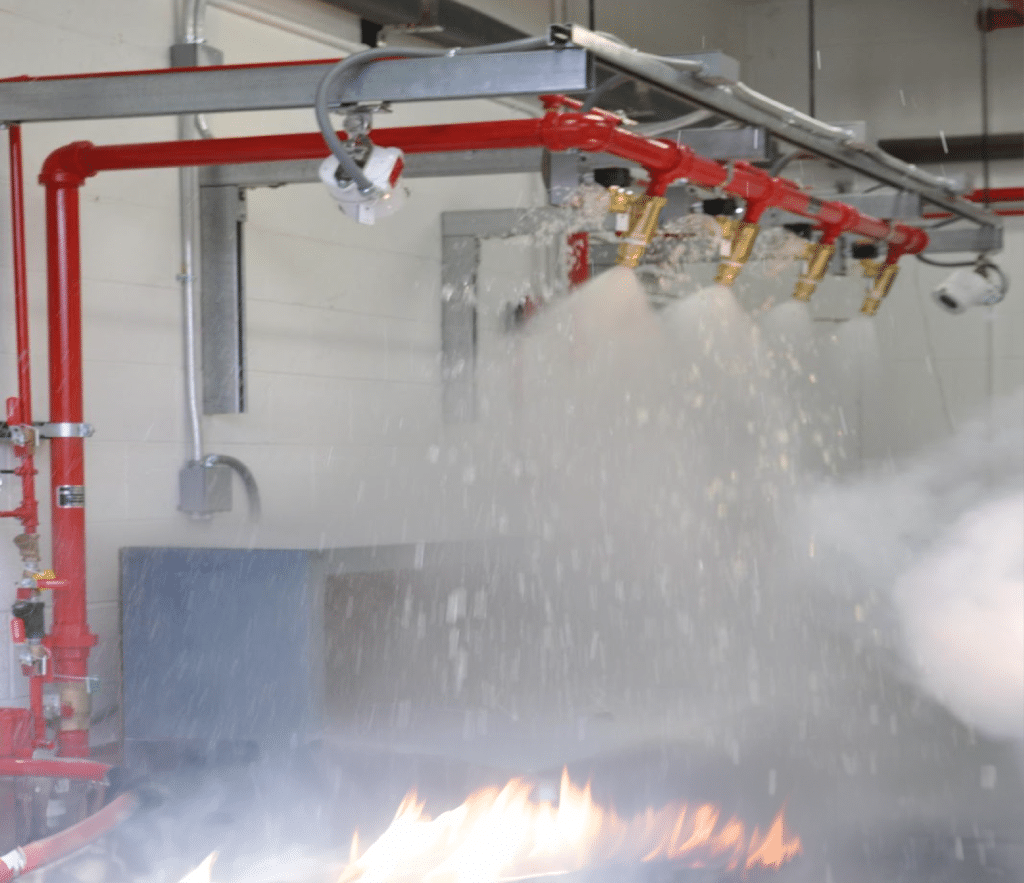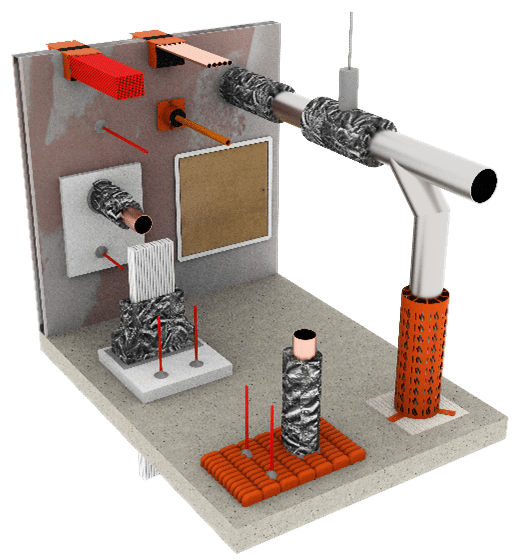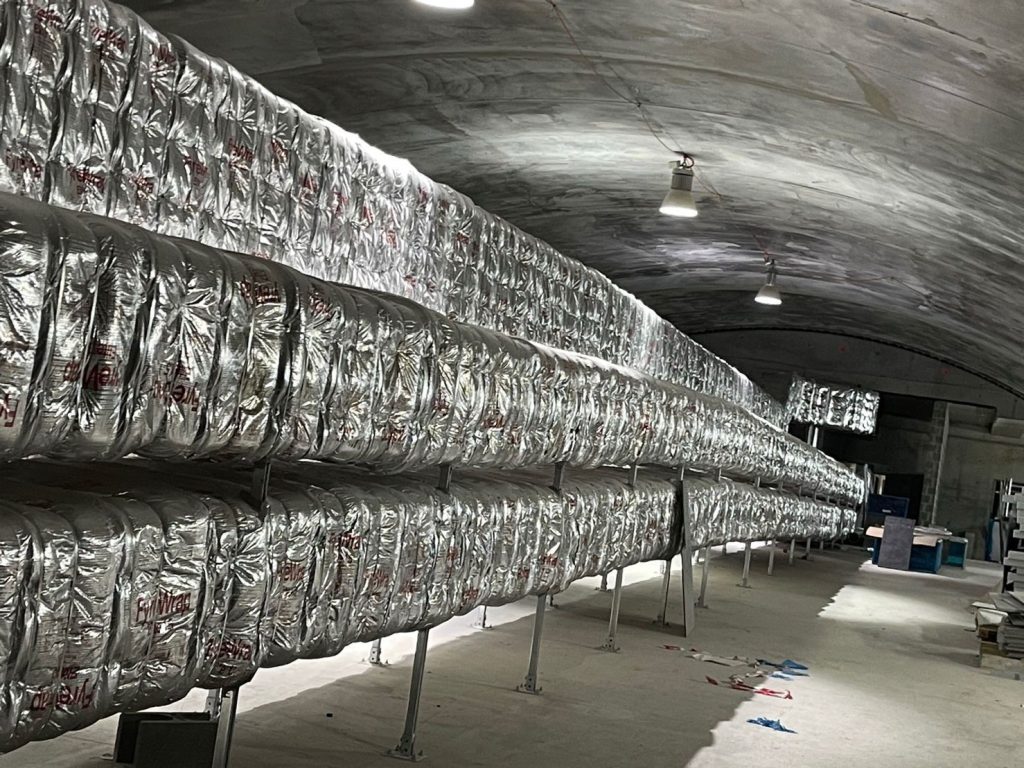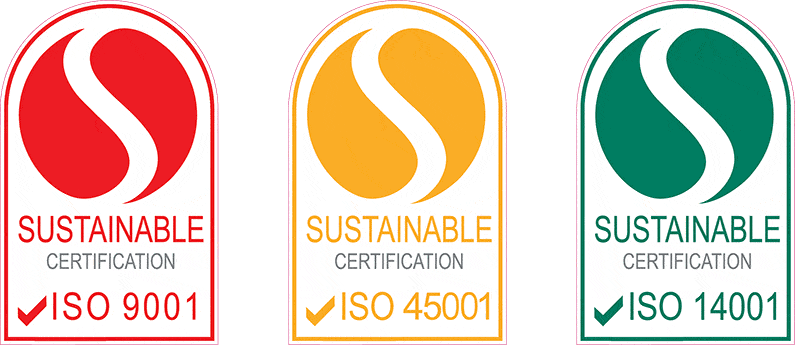Unveiling the Varieties of Fire Protection Systems in Australia
In the realm of fire safety, Australia stands at the forefront, deploying an array of robust fire protection systems to safeguard lives and property. These systems are designed to detect, suppress, or control fires effectively, minimising their potential devastation. On that note, let’s explore the diverse types of fire protection systems in Australia, each tailored to specific needs and environments.
Types of Fire Protection Systems
Fire Sprinkler Systems:
- Wet Sprinkler Systems: These are the most common type, using water in the pipes. They are quick to respond to fires and are ideal for areas at risk of rapid fire spread.
- Dry Sprinkler Systems: Designed for environments where freezing temperatures are a concern, dry sprinkler systems use pressurized air or nitrogen to prevent water from freezing in the pipes until a fire triggers the system.
- Deluge Sprinkler Systems: Deluge systems release a substantial amount of water simultaneously over a large area when a fire is detected. They are suitable for high-hazard environments like chemical storage facilities.

Fire Alarm Systems:
- Conventional Fire Alarm Systems: These are cost-effective and divide the building into zones. When a detector is triggered, the alarm panel identifies the specific zone, aiding in locating the fire.
- Addressable Fire Alarm Systems: Addressable systems provide precise information about the location of the triggered detector, making them ideal for larger buildings or complexes.
Fire Suppression Systems:
- Clean Agent Fire Suppression Systems: These systems use non-conductive and non-corrosive agents to extinguish fires without causing damage to sensitive equipment. They are used in data centers and similar environments.
- Water Mist Systems: Water mist systems use fine water droplets to suppress fires. They are effective in various settings, including hospitals and hotels.
Passive Fire Protection:
- Fire-Rating: Building materials and structures are designed to have a specific fire rating, indicating their resistance to fire. Fire-rated walls, doors, and ceilings help contain fires and protect escape routes.
- Ventilation Systems: Fire dampers in ventilation systems automatically close when exposed to heat or smoke, preventing the spread of fire through ductwork.
Need Help with Choosing the Correct Passive Fire System?


The Significance of Fire Protection Systems in Australia
- Bushfire Protection: Given Australia’s susceptibility to bushfires, advanced fire protection systems are essential to mitigate the impact of these natural disasters.
- Compliance with Regulations: Australian regulations mandate the installation of fire protection systems in various structures, ensuring the safety of occupants.
- Risk Mitigation: Fire protection systems minimize the risk of injury and property damage, offering peace of mind to homeowners and businesses alike.
The diverse range of fire protection systems in Australia reflects the nation’s commitment to fire safety. Whether it’s the rapid response of sprinkler systems, the precision of addressable alarms, or the versatility of clean agent suppression, these systems collectively contribute to safeguarding lives and property, making Australia a safer place to live and work.


